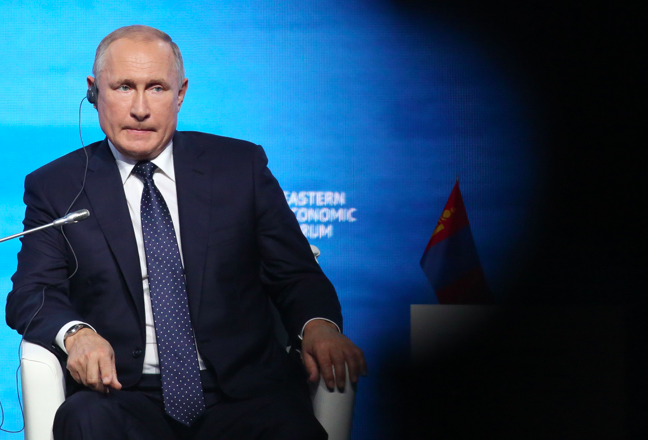Review: Divide and rule: ten lessons about Russian political influence activities in Europe by Geir Hågen Karlsen
The study focuses on the topic of a perception of Russian influential activities by security services in Western countries. It starts with couple of basic assumptions about Russia that ultimately guide its behaviour and action. It characterizes Russia most of all as a country seeking regime security, maintaining security of its power position in near neighbourhood and on the international scene. Moreover, Russia’s objectives are to weaken NATO and the EU and thus influential activities are used for this purpose. To understand the term, the study uses definition made by Collins who claims that influential activities are “activities aimed at influencing someone to agree with your opinion or do what you want” (Karlsen, 2019: 2). They include variety of tools from diplomacy, political communication, media and social media, to Russian Diasporas, civil society and sympathising political parties and organisations. However, the tools relates to the use of traditional military capabilities as well as human intelligence, cyber operations and energy sector, business and corruption. The main approach of Russia is identified in a divide and rule technique.
An analysis of 40 annual reports of 15 security services from 11 states (Czech republic, Denmark, Estonia, Finland, Germany, Latvia, Lithuania, Netherlands, Norway, Sweden and the US) is the main method of the study. Nevertheless, the author claims it brings just an overview of tools and techniques applied by Russia and not a definite list. He identifies problems in the fact that secret services apply different definitions and perceptions, also each country have different relations with Russia, secrete service have their own roles within states when we consider a political level. Therefore the quality of information could be questioned. The biggest challenge or shortage of the study is that analysed reports do not include enough details and examples. There is thus a space for more analysis, particularly, of other sources like media, websites, public statements or legal document and inquiries.
Results of the study are presented in a structured text divided into paragraphs according to 10 topics. It relates to tools and perception of Russian influential activities identified Western secret services. First of all, annual reports of Western secret services portray or perceive Russia as the main threat to the European Union its politics and decision making. Secondly, there exists a long history of the use of tools as described in the study. It is understood that Russian coercive techniques represent a limited options of Russian to engage with the West. These include Russian political influence activities and divide and rule techniques applied on European, intrastate and interstate level. They use the “asset” of minorities and Russian Diaspora in Western states, exploit extremisms and sympathizing think thanks and organisations. With regards to covert tools of influence, Russia depends on human intelligence and cyber operations. In this way, Russian embassies, consulates or trade missions are perceived to be the operation centres for this purpose and intelligent services and other networks for cyber operations. The aim would be to create chaos, destabilize and exert pressure. Other areas where Russia exerts its influence encompass energy and business sector, aliens and front organisations and military force. It is also believed that Russian works to reconstruct reality and rewrite history by manipulating information to serve its goals.
On the other hand, as the author mentions, there are some shortcomings or drawbacks to the analysis. First of all, each of these states is in different relations with Russia based on the current state of affairs but also on the history. There are discrepancies when it comes to Russian Diaspora as well because each state enjoys different ration in relation to its population. Subsequently, the influence over the population or organisation and the manipulation of information in each of the state analysed could vary. We could put in comparison the Baltic States region to other parts or think about Tatar minority in Lithuania and Russian interest throughout the annexation of Crimea. What is more minorities and Russian Diaspora might not represent “one voice” and be quite fragmented in the analysed states. Other problematic tool for the assessment would be surely the energy sector since European states play various roles when it comes to energy supply from Russia. They are fragmented, too in this relation that have been exemplified on the case of Nord Stream II. On the account of every tool generated through the analysis we could discuss how effective it is or what kind of an impact it has. Furthermore, the author points out that there are many contradicting impressions within security reports. Thus the question is if any unified western perception really exists.
Author: Kristína Lehutová
Source: Geir Hågen Karlsen. Divide and rule: ten lessons about Russian political influence activities in Europe, Palgrave communications, 2019. s. 1-14.
Picture: Bloomberg
1472

